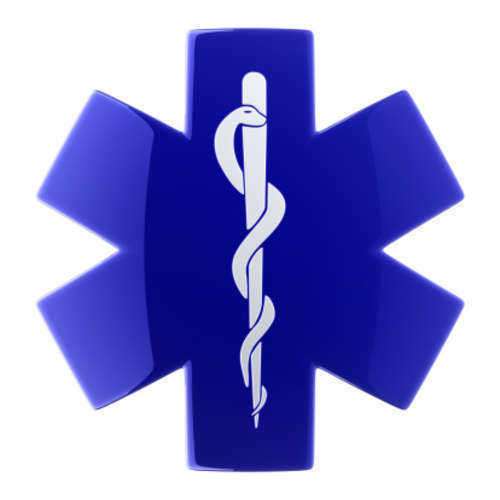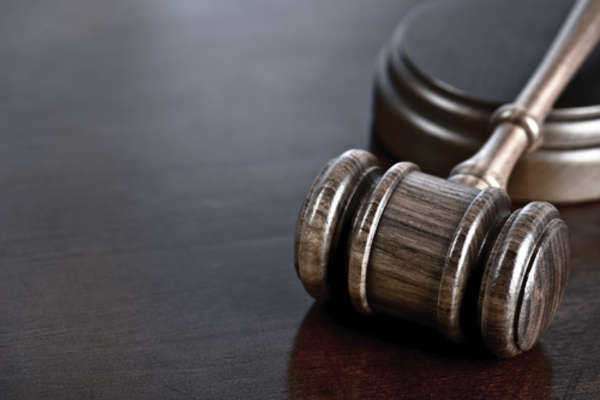
Medical Malpractice Defenses
There are a variety of different medical malpractice defenses. In many cases these defenses rest on proving the doctor did was not negligent in their methodology. One way to achieve such a goal is to argue that whatever malady occurred was first set in motion by the patient. That is to say the patient either did not follow the doctor’s directions exactly or did not disclose all of their medical history before the procedure or prescription was handed out.
This would be then negligence on the part of the patient negating the medical malpractice lawsuit. There are also different types of affirmative defenses as well that can go to show the doctors methodology was correct. Equally sometimes the best medical malpractice defense lawyers move to limit the financial liability of their clients, minimizing damages. This usually involves some measure of admitting a level of negligence on the part of the doctor.
The Respectable Minority Rule
Some medical illness require a more radical and aggressive approach in order to achieve a recovery for the patient. Advanced stages of cancer and sever illnesses without a known cure yet require innovation and a higher level of risk taking on the part of doctors. However, this may force a doctor into the minority of medical thinking outside the dominate forms of medical practice. Doctors engaging in these treatments are usually protected by the Respectable Minority Rule.
These medical malpractice cases can be very in depth with both sides calling expert witnesses either challenging or supports the doctor in question methods. Sometimes medical malpractice cases such as these can be over before they begin the patient signed an informed consent document.
This would mean that the patient was already aware of all the inherent risks involved in the method of treatments the doctor was going to pursue. Other times if the doctor is too far outside their scope of employment to the patient they will be found negligent in a court of law and serious penalties will be levied upon the doctor.
Practice Guidelines as an Affirmative Defense
Clinical Innovation
The medical field is always advancing and needs to in order to meet demands by the patients. Clinical innovation has a history that dates back to the first doctor. However it was greatly different than then now. Then practices could harm people; seriously harm them, as doctors went about testing methods of treatment trying to figure out which one would end up working best. However, doctors then and now do share an aspect of clinic innovation that remained the same, it can be controversial.
In some instances it is the use of cutting edge technology and riskier procedures to achieve levels of service faster and better than currently available. However, this can increase the risks as well leading to complications for the patient. Yet, in a court of law the defense would argue in a malpractice suit that the clinical innovation was necessary to achieve the intended goals and the patient was fully informed of the risks involved.
Good Samaritan Acts
Good acts should always be rewarded, yet in the highly legalized society of American culture it took a law to protect good citizens. Good Samaritan laws protect individual who come to the aid of someone who is in medical distress. This can be any form of aid given to any form of medical distress; Good Samaritan laws are in fact quite broad. However, from state to state there are nuanced but important differences.
In some states not all people are allowed to provide medical aid if the situation would call for it, only doctors and nurses are allowed to provide aid and are protected under the Good Samaritan laws. In other states, like Vermont for example, turning your back on a person in need is not only morally wrong but criminal. There Good Samaritan laws require some form of aid be given, even if it is just to dial 9-1-1. It becomes important for citizens when traveling outside their home state to known Good Samaritan laws so they can be legally protected.
Statute of Limitations
Aside from negligence in medical malpractice there are other factors that are present when filing a medical malpractice suit. One very large factor is the statute of limitations when filing a medical malpractice lawsuit, this refers to the time elapsed from the procedure to the personal injury incurred by the patient and to the filing date. These laws also vary greatly from state to state and force patients to make tough decisions. The longer the statue of limitations the more time it allows for patients to weight the costs and benefits of medical malpractice litigation.
In some instances the cost outweighs the benefits and therefore the patients never file. In states where the statue of limitations is relatively short it forces patients into a tough moral and fiscal question that needs to be answered promptly. In some cases the patients go ahead with the trail without realizing what will be the full legal costs. However, statutes of limitations are necessary to protect doctors from patients that would file lawsuits decades in the future pertaining to a procedure done well in their past.
Contributory Negligence from Patient
One form of an affirmative defense that can particular effective in out rightly winning the case is to pass the negligence onto the patient. In these cases the doctor’s lawyer will argue that any personal injury that arose after a prescribed medicine or medical procedure could have been avoided if the patient did not do certain actions. Most commonly there is a before and after sense to contributory negligence of a patient. Before the procedure or medical activity in general he or she may not disclose their full medical record.
The doctor then is not responsible if an error occurs because he was not fully informed of his patient’s history. Afterwards can manifest itself in forms of patient self medication or not following the doctor’s directions after a medical procedure completely which can cause grounds for a medical malpractice case to be thrown off the docket. These problems would end up mitigating a medical malpractice lawsuit. In a legal sense actions like those mentioned above, intercede during the doctor’s negligence, in essence making an argument that the chicken came before the egg.
Multiple Defendants
Liability and negligence go hand in hand in medical malpractice lawsuits. Different states view liability in different manners as well, in some cases creating multiple defendants. In some states, and this usually pertains to surgery, when one doctor is negligent the whole team of doctors in the surgical room are then deemed negligent as well. This is one of the quickest ways to create medical malpractice lawsuits that involve multiple defendants.
In other states, however, only the doctor that was directly responsible for the negligence is held accountable for the mistake thereby limiting the liability of the entire medical team found within the surgical room. In many surgeries there is more than one doctor present, either performing different functions, helping with the direct surgery, or overseeing in an effort to make sure everything goes smoothly. Do to the lack of an overarching federal law it is up to the states to define liability in medical malpractice cases.
Lost Chance of Survival
Wrongful death suits are common in medical malpractice law. However, these are some of the most complex cases to argue as it can bring in many different moving elements into a case. Usually the wrongful death is caused by a failure to diagnosis an illness or a misdiagnosis of an illness. In many respects this can be a case of simple human error and not negligence. It really comes down to a matter of a doctor’s opinion and whether or not he was justified in making the diagnosis in the manner he did.
If the doctor in question did not follow his practices guidelines though it may be ground for negligence making this case much simpler. However, some illnesses mask themselves as other illnesses and become hard to diagnosis. In these cases it will fall to expert witnesses and the extensive use of scholarly journals to prove the arguments by both the plaintiff and the defendant. Matters of opinion are usually a difficult area of litigation because both sides may have some validity to their argument.
If you need legal advice and assistance, contact malpractice lawyers or medical malpractice lawyers.






















